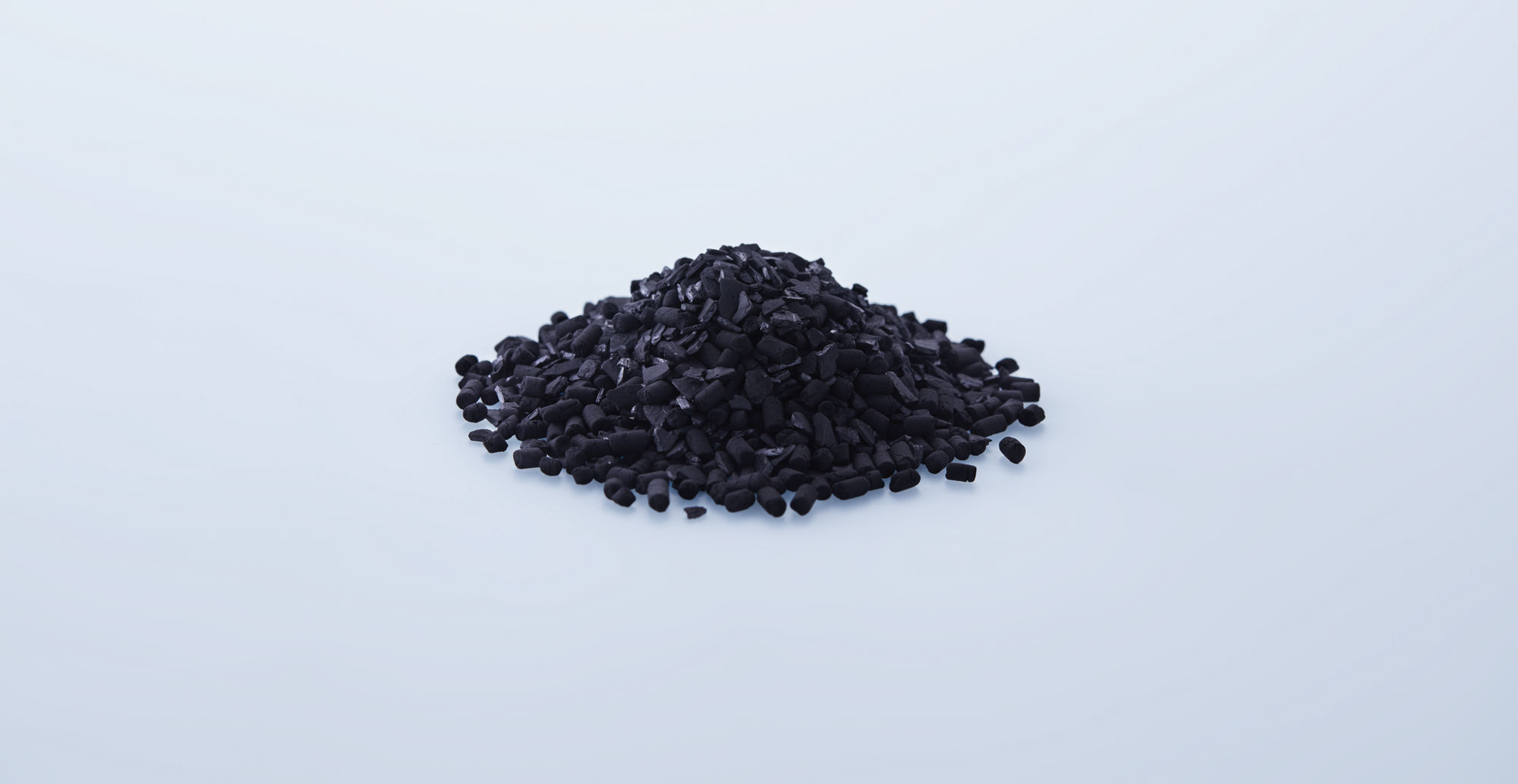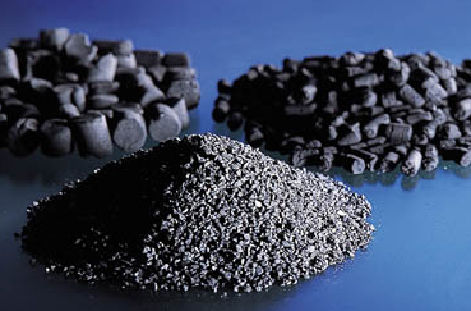Overview
Activated carbon is made by causing a carbon-based substance, such as coconut shells or coal, to react with a gas or chemical at high temperatures. It has micropores ranging from 10 to 200Å (10Å = 1nm) in diameter. Kuraray began producing activated carbon under the brand name KURARAY COAL™ in 1965. The micropores of the activated carbon form a meshwork structure inside the carbon, so the micropore walls have a large surface area (500-2500m2/g), and various substrates can be adsorbed on the surface.
Website
Example
- Gas and vapor phase
Filters for deodorant, cigarette filters, air purification, masks for deodorizing, gas masks, removal of odor and toxic gas, purification of source and produced gas, solvent recovery, removal of sulfurous acid gas and hydrogen sulfide, ozonolysis, prevention of gasoline vapor dispersion
- Liquid and water phase
Waterworks, water for beverage industry, ultrapure water, water for industrial use, water purifiers, water treatment for sewage and waste water, mold odor removal, humic substance removal, COD components removal, trihalomethane removal, malodorous substance removal, colored matter removal, organic impurities removal, purification, food refinement (amino acids, brewage, monosodium glutamate, glucose, sugar, syrup, gelatin)
- Gas and vapor phase
The activated carbon sizes can be selected based on application needs (granular mesh sizes or pelletized)
Activated carbon can be selected with reference to adsorption and desorption according to the type of gas.
Generation of powder when in use is suppressed due to its hardness.
- Liquid and water phase
Coconut shell activated carbon for water treatment has an excellent track record.
Activated carbon is available in grades with well-developed micropores, micro- to meso-scale pores, and micro- to macro-scale pores.
Generation of powder when in use is suppressed due to its hardness.


